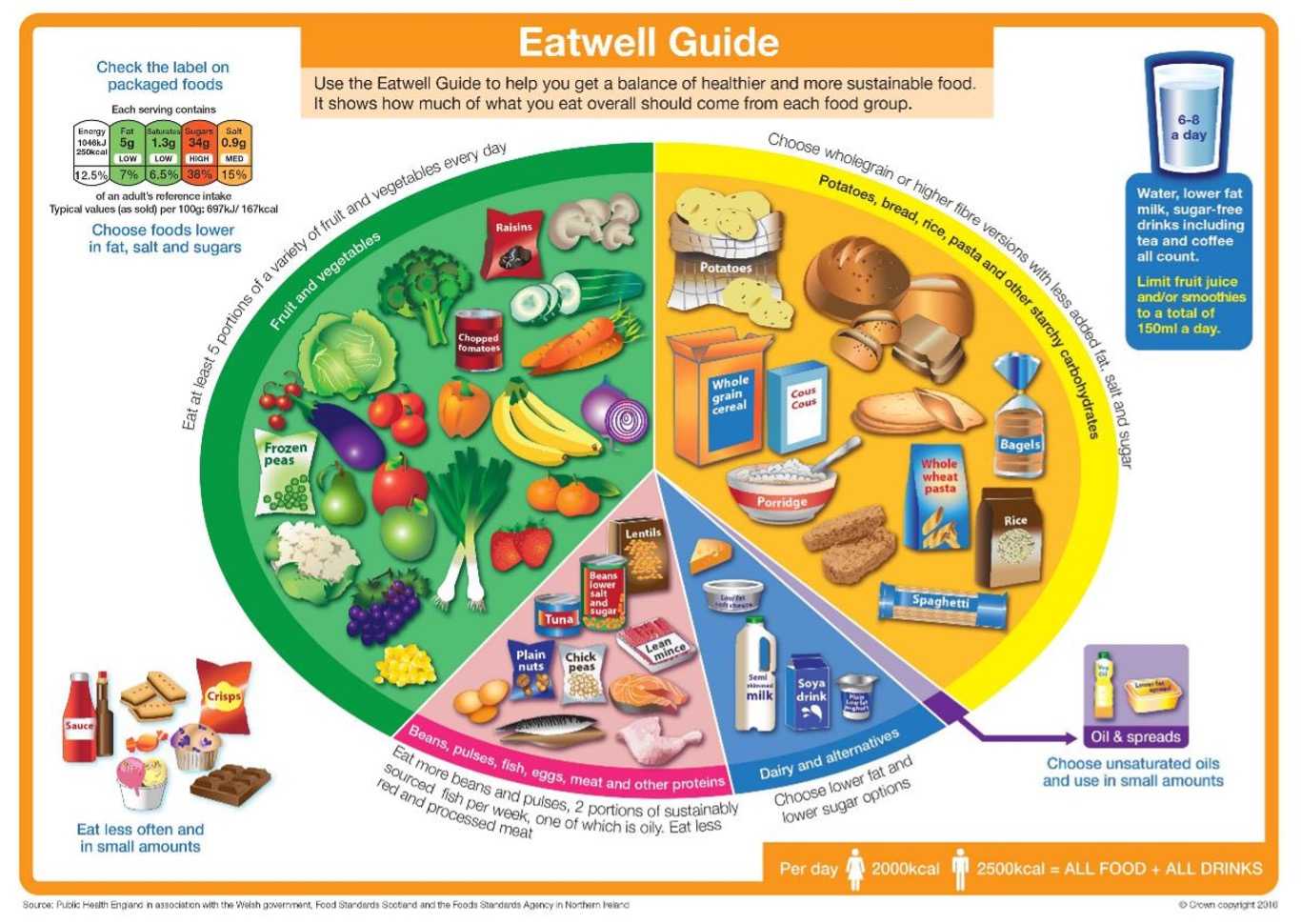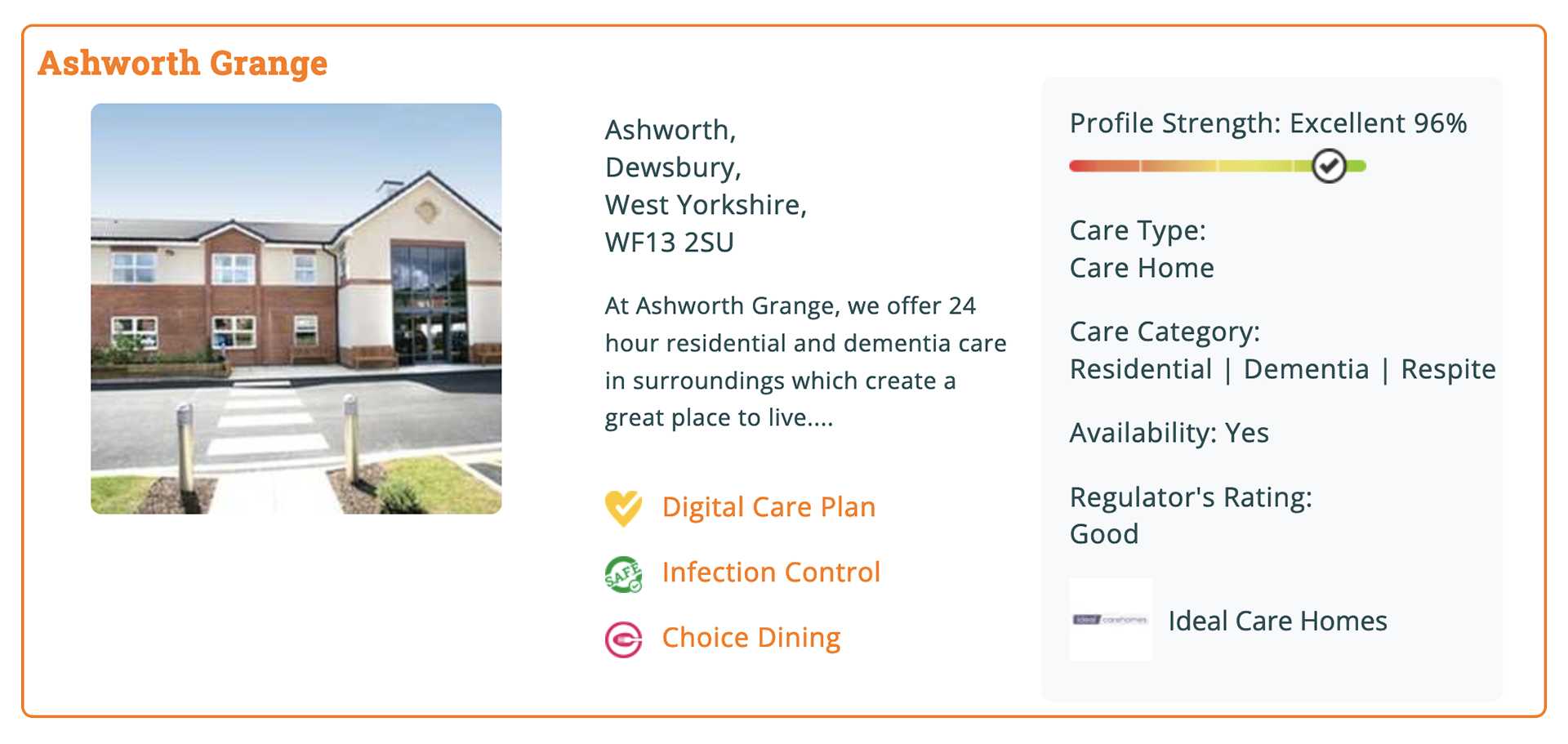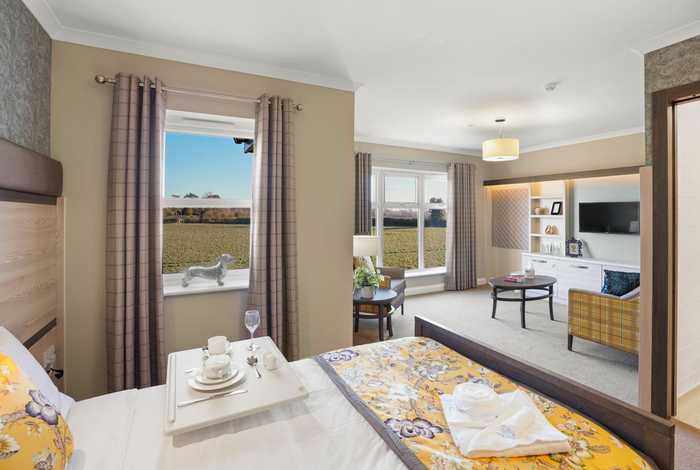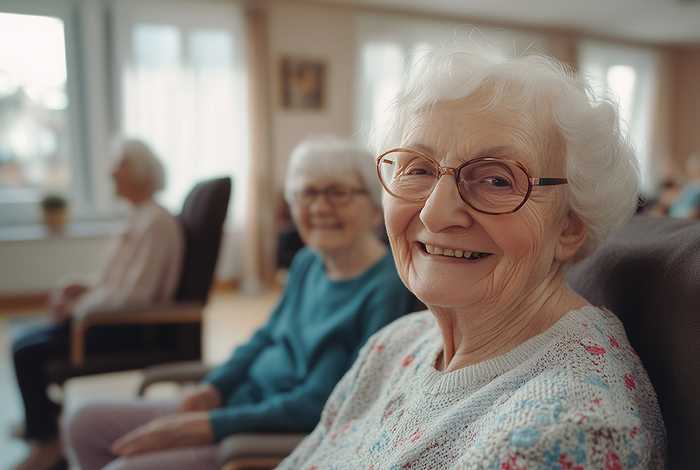Posted by Rachel Bashford
What standards monitor quality in care home food?
Is there quality assurance of food served in care homes?
And can we ensure it’s nutritious?
This article will give you information on:
• The guidelines for care home food.
• The CHOICE Dining accreditation.
• The 6 CHOICE Dining categories: cuisine, hygiene, options, individuality, care and the environment.
• How CHOICE Dining supports care homes in evolving food standards.
What care home food guidelines are there?
According to an ONS survey in 2021, there are approximately 17,600 care homes in the UK. Around 70 per cent of care homes are residential settings, while nursing homes make up 30 per cent of the total. The ONS also estimates that there are nearly half a million people in UK care homes.
In light of this, it’s important to know what kinds of food are being served to the care home populations and whether it’s nutritious enough to provide all the essential vitamins and minerals required for good health in older age.
There is recent guidance in place from the CQC (Care Quality Commission) that describes how individual needs are to be evaluated and that this should provide a foundation for food planning and preparation in care homes:
‘People must have their nutritional needs assessed and food must be provided to meet those needs. This includes where people are prescribed nutritional supplements and/or parenteral nutrition. People's preferences, religious and cultural backgrounds must be taken into account when providing food and drink.’
However, the CQC does not go into much detail about the types of nutrition necessary to benefit the physical and mental health of the over 65s. To shed a little more light on the facts, Public Health England produced Healthier And More Sustainable Catering in 2017 as a toolkit to help support care homes in the creation of healthy food for residents.
This report states that data from the National Diet and Nutrition Survey tells us that, on average, older people aged over 74 years in residential care consume too much saturated fat, salt and sugars whilst eating too little fibre, fruit, vegetables and oily fish.
Public Health England promotes the use of the Eatwell Guide as a visual reminder for care home kitchens and managers so they can create balanced, vibrant and tasty dishes for their residents.

In this quick video from Autumna, chef Brian Lane tells Debbie Harris, founder of Autumna, why food in care homes deserves the same care and respect as restaurant cuisine.
With around 1 in 4 people entering care homes at risk of malnutrition, as reported by BAPEN, the Malnutrition Taskforce has completed a study into the nutritional standards for UK seniors.
The Malnutrition Taskforce has devised some support criteria for care facilities as to how they measure the quality of nutrients they are providing for residents. For example, the current recommendation is between 20-30g of protein per meal for those at risk of malnutrition and to protect against muscle mass degradation.
Although this support is available for care homes, it doesn’t necessarily ensure consistency across the sector or help create a more coherent system to assist care homes in delivering the right quality of food for older people.
How can I find out about how good the food is in a care home?
Many care homes are looking for clear structures and key indicators to help them supply interesting, delicious and nutritious meals for their over 65s, but some are unsure as to where they can best find the information they need to achieve this level of food management.
With this in mind, Autumna has developed the CHOICE Dining accreditation to enable care homes to showcase their all-important dining experience, and at the same time deliver first-class dishes so their residents fully enjoy their food.
CHOICE Dining, a consumer facing accreditation, offers ratings on cuisine, hygiene, options, individuality, care and the environment, allowing individuals to research and discover more about the selection of food available to them.
Autumna’s founder Debbie Harris said: ‘The dining experience is a critical component of any care service and our CHOICE Dining rating offers people even more assurance when deciding on the right type of care provision.’
CHOICE Dining is the first food-focused accreditation for the care sector. It has been specifically designed so that care-seekers can easily consider and compare the dining experience within different care settings.
If you’re beginning to research particular care options, you can now explore all about the food on offer and how it delivers on individual tastes and presentation levels. In the image below, you can see that your search can be customised with information regarding how your care home choices are meeting the CHOICE Dining criteria.

The 6 different categories within the CHOICE Dining accreditation work together to build a helpful information picture of what each care home can offer its residents in terms of food selections.
But, what is each category and why is it important?
Cuisine
This category assesses how a residence prepares and presents food, plus it considers the nutritional value of what is on offer. It may sound unrelated at first, but presenting dishes in an attractive way and making sure the preparation is fresh will all help to entice seniors to eat healthily balanced meals.
In this Age UK video, older people are encouraged to take part in cooking sessions to engage their interest and liven up their tastebuds so that they look forward to and enjoy what they eat.
In fact, the nutritional value of what seniors eat couldn’t be more vital to their longevity as it can help support a healthier old age. Providing a rainbow of colours, paired with vibrant tastes and compatible textures in everyday food can connect people to the food they’re eating and allow them to take the time for food enjoyment.
Hygiene
The CHOICE Dining hygiene category reassures residents, families and potential residents that the food on offer has been subject to appropriate and rigorous standards of hygiene. Hand hygiene for both seniors and kitchen staff is an essential component. Plus, food safety preparation and storage criteria have to be consistently upheld.
This clip from Hygiene Food Safety shows how high standards of food safety and hygiene can be maintained for clean culinary processes and healthy food management.
Options
Being able to eat the food you want, when you want is a significant component in feeling free and empowered. Older people need this sense of freedom and choice so that they know if they fancy a little of something sweet or a bit of fruit or just a plain scone, then this level of independence should be made available to them.
With the CHOICE Dining accreditation, the way that carers explore an individual’s food preferences and tries to ensure those food types are present is key.
This doesn’t necessarily mean that healthy guidelines for preparing food are ignored; rather, these elements all work together to support the good health of older people.
Individuality
Carers and care homes should understand the wants and requirements of every individual, be it cultural, religious or dietary. This means that there may be initial conversations when a prospective resident is about to move in so that there is a clear understanding of every detail of the senior’s preferences.
It's important that carers also review these choices at certain times so that changes can be taken into account and dietary plans or menus can be adapted. It’s sometimes a sensible idea that people and their families look at the food options, the rooms that food is served in and the atmosphere of mealtimes so they are happy and comfortable with routines.
This video from Autumna reveals how older people feel about their mealtimes and how vital they are to feeling safe, secure and at home in their new environment.
Care
Delivering a respectful and quality service should be at the heart of mealtime preparation in care homes. Residents will probably want to know that their feelings are heard, appreciated and acted upon so they feel at home. Many seniors can feel tired at different points of the day and may not feel up to sitting with others; so, it’s essential that carers listen to how people feel on a daily basis and their responses are flexible.
Environmental
These days, every business has to consider how environmentally conscious and socially responsible their service is. Care homes are no different and whilst the care of older people comes first, assessing the impact of what food is used, where it comes from and how waste is consumed or recycled are all integral aspects to the quality delivery of food in homes.
This clip from the Soil Association illustrates how food producers, care homes and other relevant stakeholders can work together to produce healthy, environmentally sound food for older people.
How does CHOICE Dining support care homes to provide good food?
To be awarded the CHOICE Dining badge, care homes must have an enhanced listing on Autumna, and be committed to delivering an exceptional dining experience. This gives older people looking at prospective care facilities – and their loved ones – certainty and reassurance that the food they will receive will be of a high quality and enjoyable.
For more details, and to see which providers have already achieved the accreditation, click here.
How do I find care homes near me that have the CHOICE Dining accreditation?
Go to the Autumna homepage. Select an area you would like to search – for example Hampshire. Then in the ‘Additional Filters’ select ‘Yes’ for CHOICE Dining. Scroll to the bottom and click ‘Search Again’. Ta da! A list of care homes in and around Hampshire with the CHOICE Dining accreditation.

To make it even simpler for you to find the information you need about care home food, here’s some pre-filtered results:
CHOICE Dining care homes in Bath, Bedfordshire, Berkshire and Buckinghamshire.
CHOICE Dining care homes in Cambridgeshire and Cornwall.
CHOICE Dining care homes in Derbyshire, Devon and Dorset.
CHOICE Dining care homes in East Riding of Yorkshire, East Sussex and Essex.
CHOICE Dining care homes in Gloucestershire, Greater London and Greater Manchester.
CHOICE Dining care homes in Herefordshire and Hertfordshire.
CHOICE Dining care homes in Kent.
CHOICE Dining care homes in Lancashire, Leicestershire, Lincolnshire and London.
CHOICE Dining care homes in Merseyside.
CHOICE Dining care homes in Norfolk, Northamptonshire, North Yorkshire and Nottinghamshire.
CHOICE Dining care homes in Oxfordshire.
CHOICE Dining care homes in Rutland.
CHOICE Dining care homes in Shropshire, Somerset, South Yorkshire, Staffordshire, Suffolk and Surrey.
CHOICE Dining care homes in Tyne and Wear.
CHOICE Dining care homes in Warwickshire, West Midlands, West Sussex, West Yorkshire, Wiltshire and Worcestershire.
CHOICE Dining care homes in Wales.
For more information about CHOICE Dining or in fact for any sort of care home and later living advice, email us here: info@autumna.co.uk or call our Advice Line on 01892 335 330. Our phone line is open seven days a week. (8:30am - 5:30pm Mon-Fri, 10am - 5pm Sat, 10am - 4pm Sun).
Other articles to read
Autumna Blog

Older Persons Care Advice
Ultimate guide to care homes in Norwich
April 23rd, 2025
Discover the best care homes in Norwich—explore lifestyle-focused options, top-rated services, and how to choose the right home with confidence.

Older Persons Care Advice
How to find an adult day care centre near you
April 22nd, 2025
Looking for an adult day care centre near you? Discover how to find safe, joyful care for your loved one—and support for yourself—on Autumna.

Older Persons Care Advice
How to shortlist care homes in Exeter
April 17th, 2025
Need help shortlisting care homes in Exeter? Learn how to filter options with confidence, compare homes, and find the best fit with Autumna’s free tools.
Frequently Asked Questions
The six categories are Cuisine, Hygiene, Options, Individuality, Care and Environmental
Any care provider, with a premium profile on Autumna, that has met the benchmark standards set in each of the six CHOICE Dining categories can display the badge.






